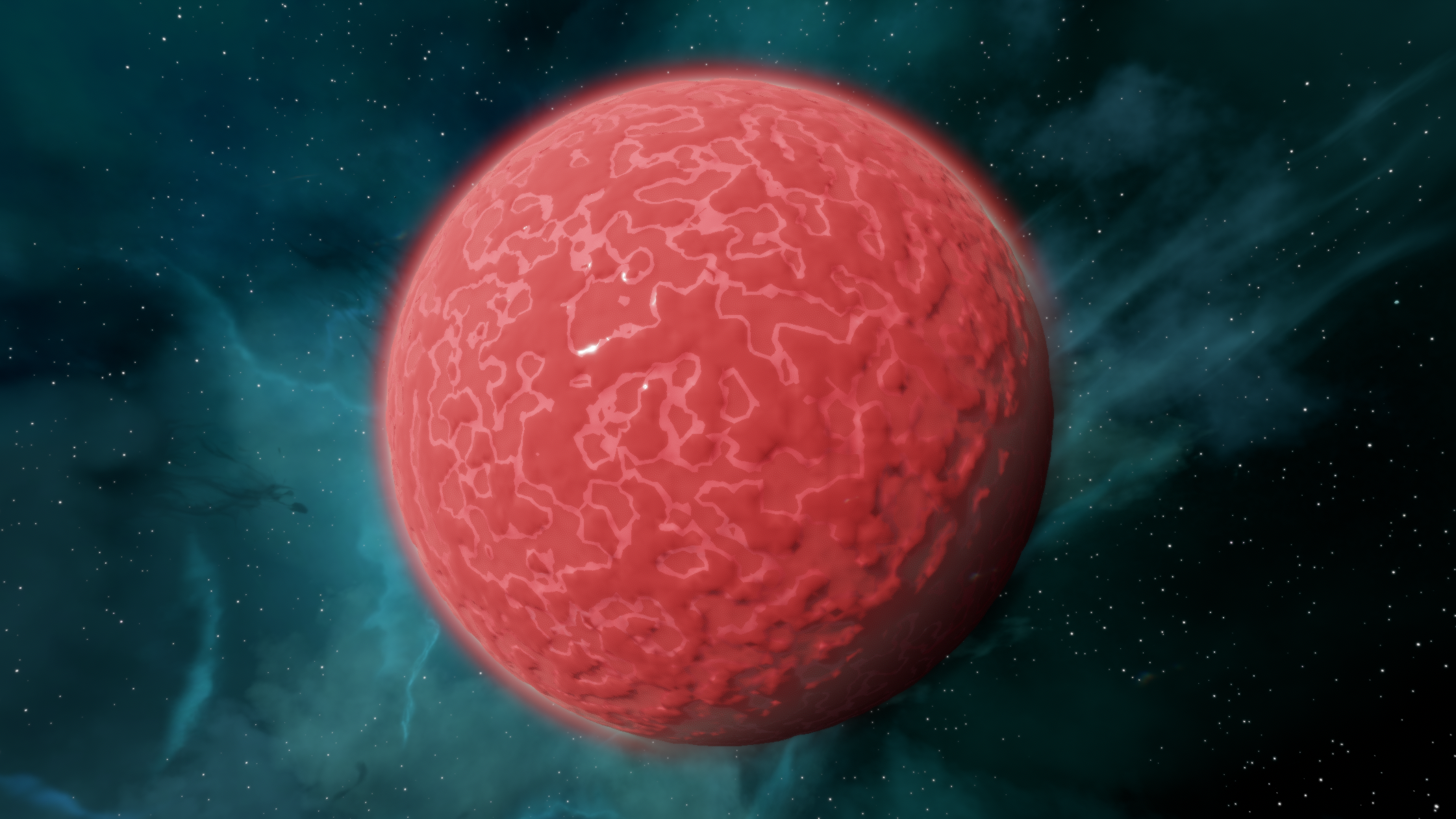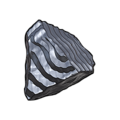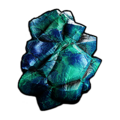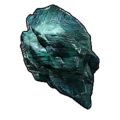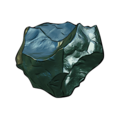Difference between revisions of "Nap Anya"
| Line 9: | Line 9: | ||
}} | }} | ||
{{SB Infobox Celestial Body General Information | {{SB Infobox Celestial Body General Information | ||
|pronunciation={{IPAc-en|ˈ|n|ɒ|p|ˌ|ɒ|n|y| | |pronunciation={{IPAc-en|ˈ|n|ɒ|p|ˌ|ɒ|n|y|ə}} | ||
|languageOrigin=[[wikipedia:Hungarian_language|Hungarian language]] | |languageOrigin=[[wikipedia:Hungarian_language|Hungarian language]] | ||
|ipaKey=[[wikipedia:Hungarian_phonology|key]] | |ipaKey=[[wikipedia:Hungarian_phonology|key]] | ||
Revision as of 05:30, 1 July 2024
(Hungarian language) - IPA(key)
Nap Anya (/ˈnɒpˌɒnjɒ/) is the 33rd moon of Eos, and the most distant by many thousands of kilometers. It has the further distinction of being Eos' largest moon, and the strongest gravity — and yet, it does not possess the tallest gravity well, which is a claim that belongs to Hemera. Nap Anya's surface is also relatively unique: Like Isolde, its atmosphere and surface share a cherry red hue, but its geography appears almost wrinkled and set with dozens of liquid lakes, which are also bright red.
Nomenclature
From Hungarian mythology, Nap Anya or Gün Ana is a goddess of the sun whose name translates to "Sun Mother", and is the counterpart to the male Napkirály. She is considered one of the most powerful deities in Hungarian mythology, and represents life and fertility, warmth, and health. She is the patroness of the unfortunate, especially of orphans, and it is said that the rays of sunlight are said to be the strings which connect Nap Anya's realm on the seventh floor of the sky to the spirits of plants, animals, and humans.
